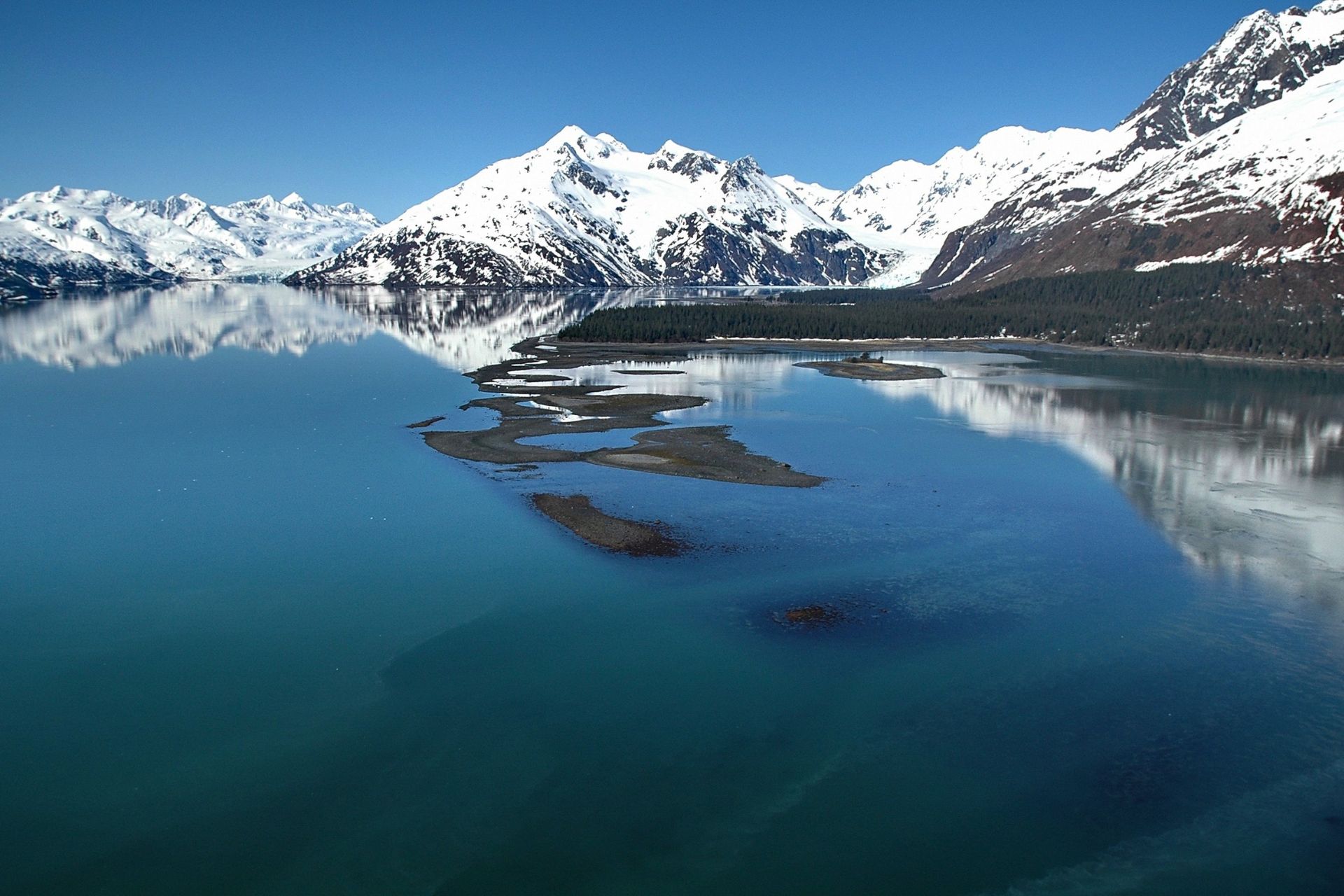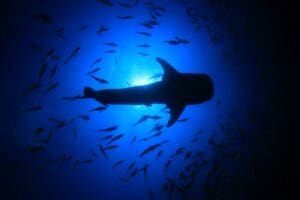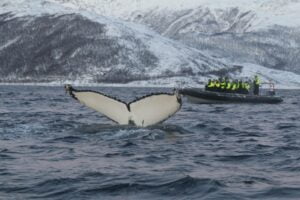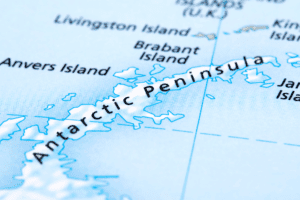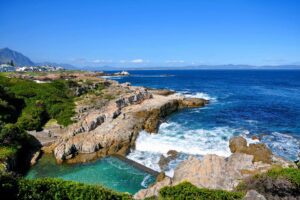Whale Watching in Alaska: A Traveler’s Guide
Have you ever dreamed of a thrilling and unique adventure that stays with you forever? That’s exactly what whale watching in Alaska offers!
This isn’t just any ordinary trip; it’s an unparalleled experience that combines the excitement of wildlife observation with the awe-inspiring beauty of Alaska’s wilderness. Whether you’re a seasoned traveler or planning your first journey, whale watching in Alaska is an adventure that should be at the top of your bucket list.
The Uniqueness of Alaska
Alaska, often called the Last Frontier, is a land of staggering beauty and unparalleled natural diversity. This vast state is more than just a destination; it’s a wild, unspoiled paradise that offers an experience unlike any other, especially when it comes to whale watching.
The uniqueness of Alaska lies in its stunning landscapes that range from towering, snow-capped mountains to deep, mysterious fjords and from sprawling, untouched forests to the icy, crystal-clear waters of the North Pacific and Arctic Oceans.
Its rich and diverse marine life truly sets Alaska apart as a whale-watching destination. The nutrient-rich waters are a haven for whales, providing them with an abundant food supply. Here, you’re not just spotting a whale but immersing yourself in an ecosystem where whales thrive. It’s common to see humpback whales breaching in the distance or orcas gliding gracefully alongside your boat, offering a glimpse into their world.
Moreover, Alaska’s vastness means that whale-watching experiences can be incredibly varied. From the sheltered waters of the Inside Passage to the remote, wild stretches of the Aleutian Islands, each area offers a different backdrop and a unique set of wildlife encounters. This diversity ensures that no two whale-watching trips in Alaska are identical, making each journey a unique and unforgettable adventure.
In Alaska, whale watching is more than just an activity; it’s an opportunity to connect with nature in one of the last great wildernesses on Earth. The combination of breathtaking scenery and the chance to witness these magnificent creatures in their natural habitat is what makes whale watching in Alaska a truly extraordinary experience.
Best Whale watching Tours in Alaska


Glacier Wind Charters Whale Watching
Location: Hoonah / Icy Strait
3h 15m
per person
Join Glacier Wind Charters for an intimate group tour, where you’ll find yourself amidst one of Alaska’s largest summer gatherings of humpback whales.


Destination Alaska: Custom Wildlife Cruise
Location: Homer / Kachemak Bay
5-8 h
Up to 6 ppl
You’ll have the chance to encounter diverse wildlife, including Orcas, Humpback, and Minke whales, sea lions, Dall’s porpoises, sea otters, puffins, and various seabirds.
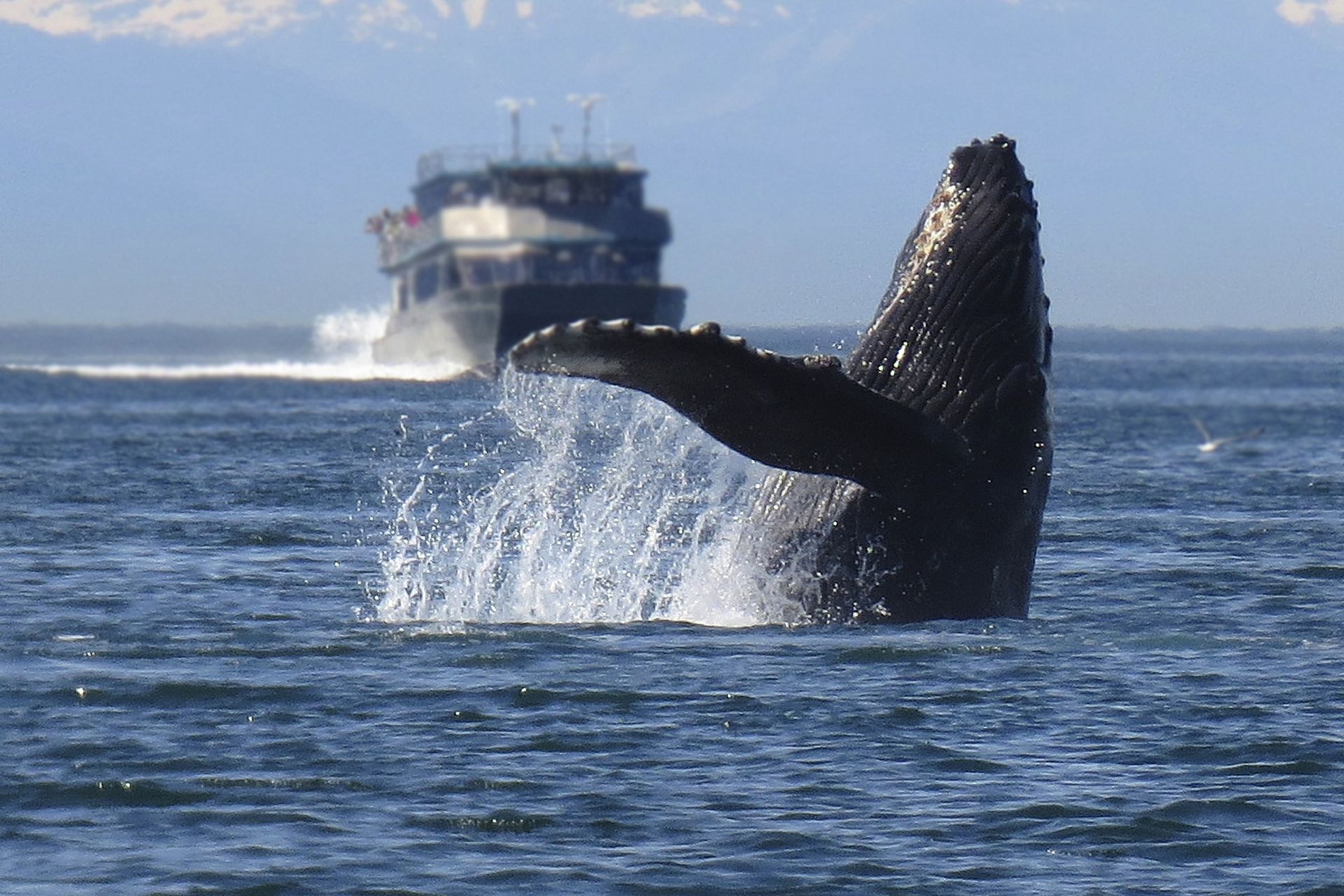

Out to Sea Expedition Company
Location: Ketchikan
2h 30m
Each expedition is unique, offering the flexibility for spontaneous moments. If you encounter an enchanting, National Geographic-worthy scene, there’s the opportunity to linger longer and fully immerse in the experience!
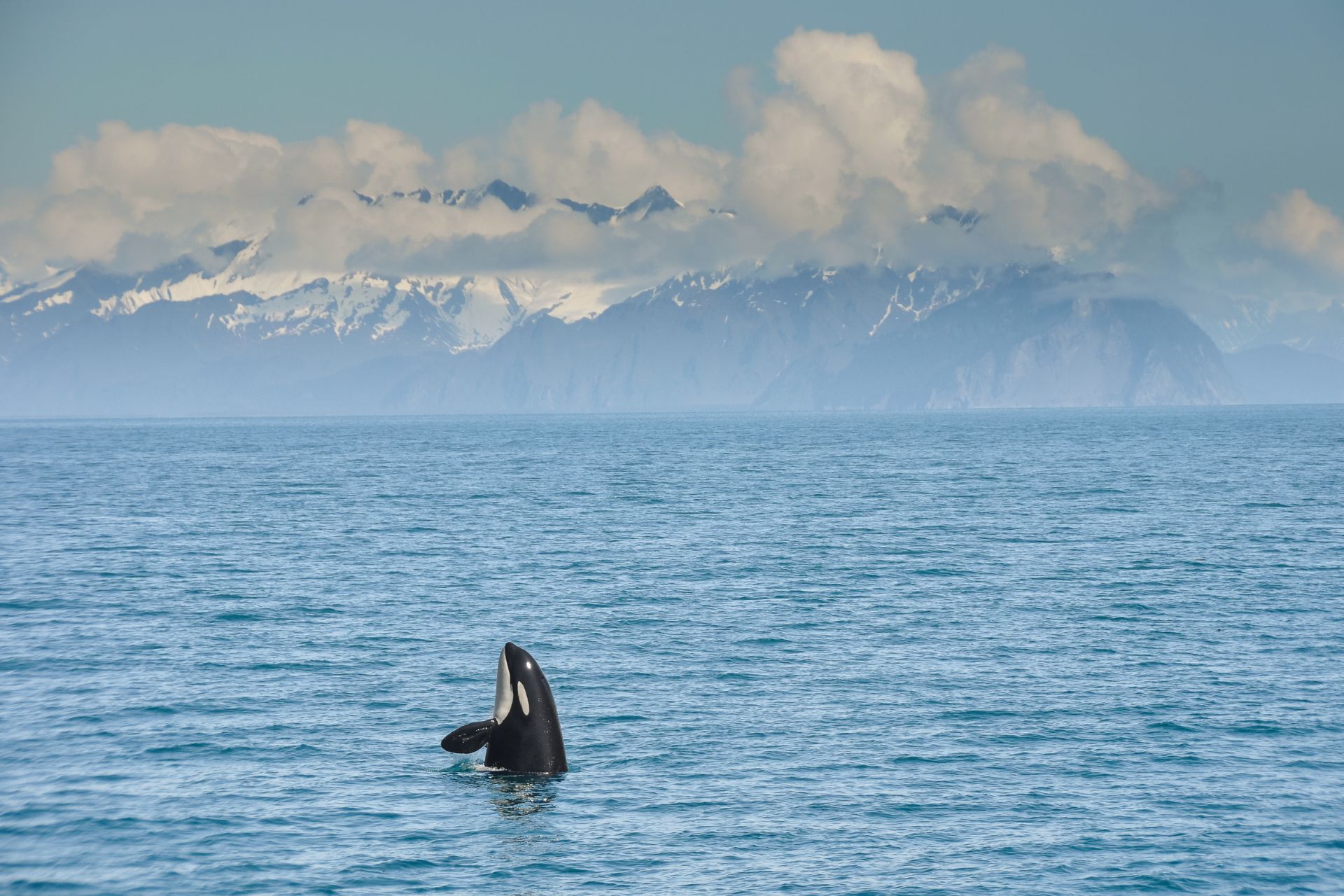

Stan Stephens Cruises
Location: Valdez
6 – 7.5 hrs
During your day trip, you’re likely to encounter large groups of sea otters, horned and tufted puffins, cormorants, humpback whales, and possibly even bald eagles. Stan Stephens provides two daily tours, including one that showcases the Columbia Glacier, the biggest tidewater glacier in Southcentral Alaska.
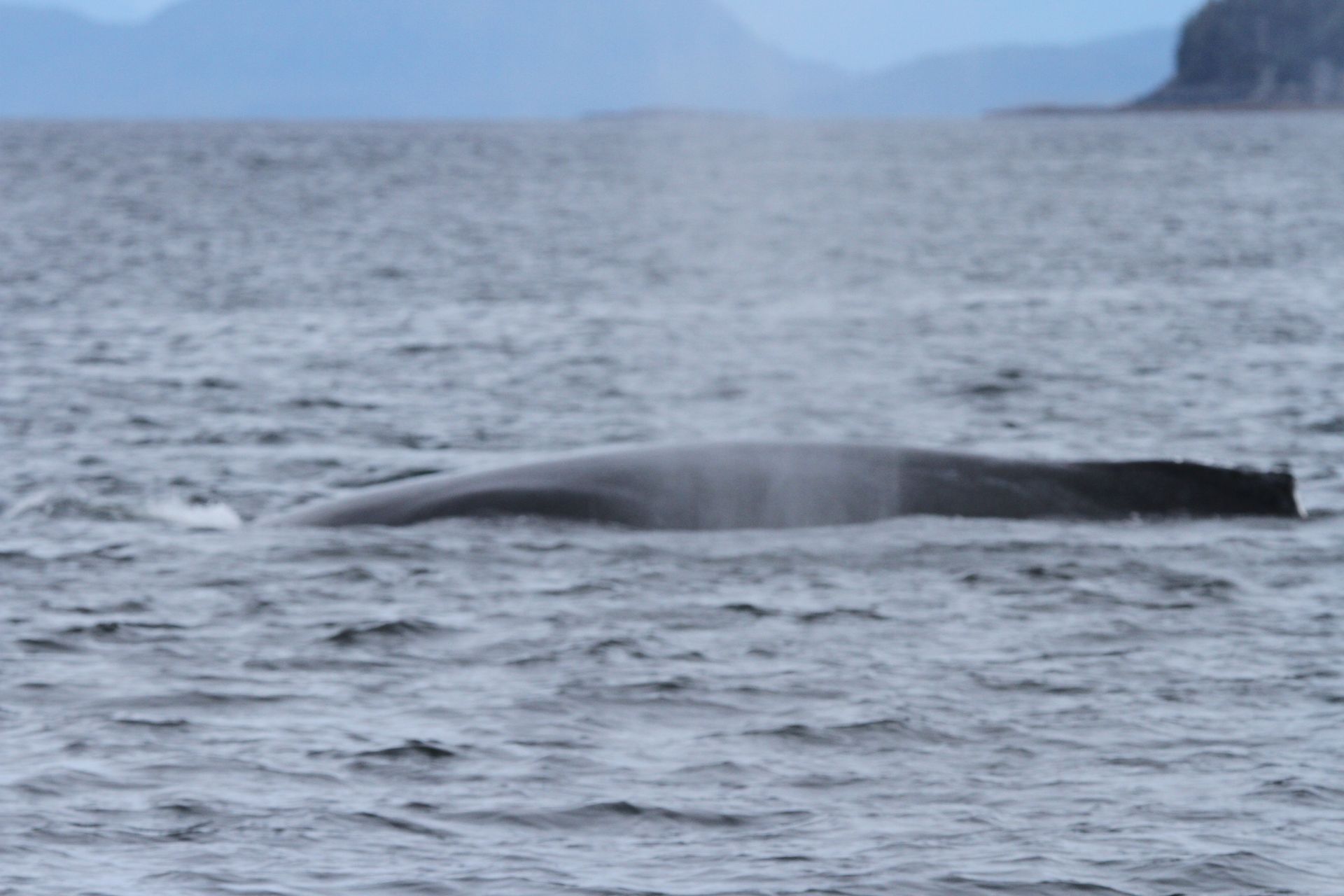

Major Marine Kenai Fjords
Location: Resurrection Bay and Kenai Fjords
3.5 hrs – Full Day
This tour operator runs a fleet of fast, modern boats in Resurrection Bay and Kenai Fjords National Park. You’ll visit tidewater glaciers as you watch for puffins, sea otters, Dall’s porpoises, sea lions, and more. Some tours are designed to please birders or shutterbugs, while others are perfect for families.


Liquid Adventures – Wildlife Cruise & Kayak
Location: Kenai Fjords
8 – 10 hrs
Experience Alaska’s glaciers and wildlife up close by embarking on a custom-built catamaran cruise into Kenai Fjords National Park from Seward. Paddle among icebergs and observe wildlife from the perspective of your own vessel, creating an unforgettable experience.


Kenai Fjords Tours
Location: Kenai Fjords
4 – 8.5 hrs
You’ll visit tidewater glaciers as you watch for puffins, sea otters, Dall’s porpoises, sea lions, and more. Some tours are designed to please birders or shutterbugs, while others are perfect for families.


Seacor Tours Small-Group Wildlife & Glacier Tours
Location: Seward
3.5 – 7 hrs
Enjoy intimate catamaran cruises into Kenai Fjords National Park from Seward, accommodating just 22 passengers or up to 30 for private charters.
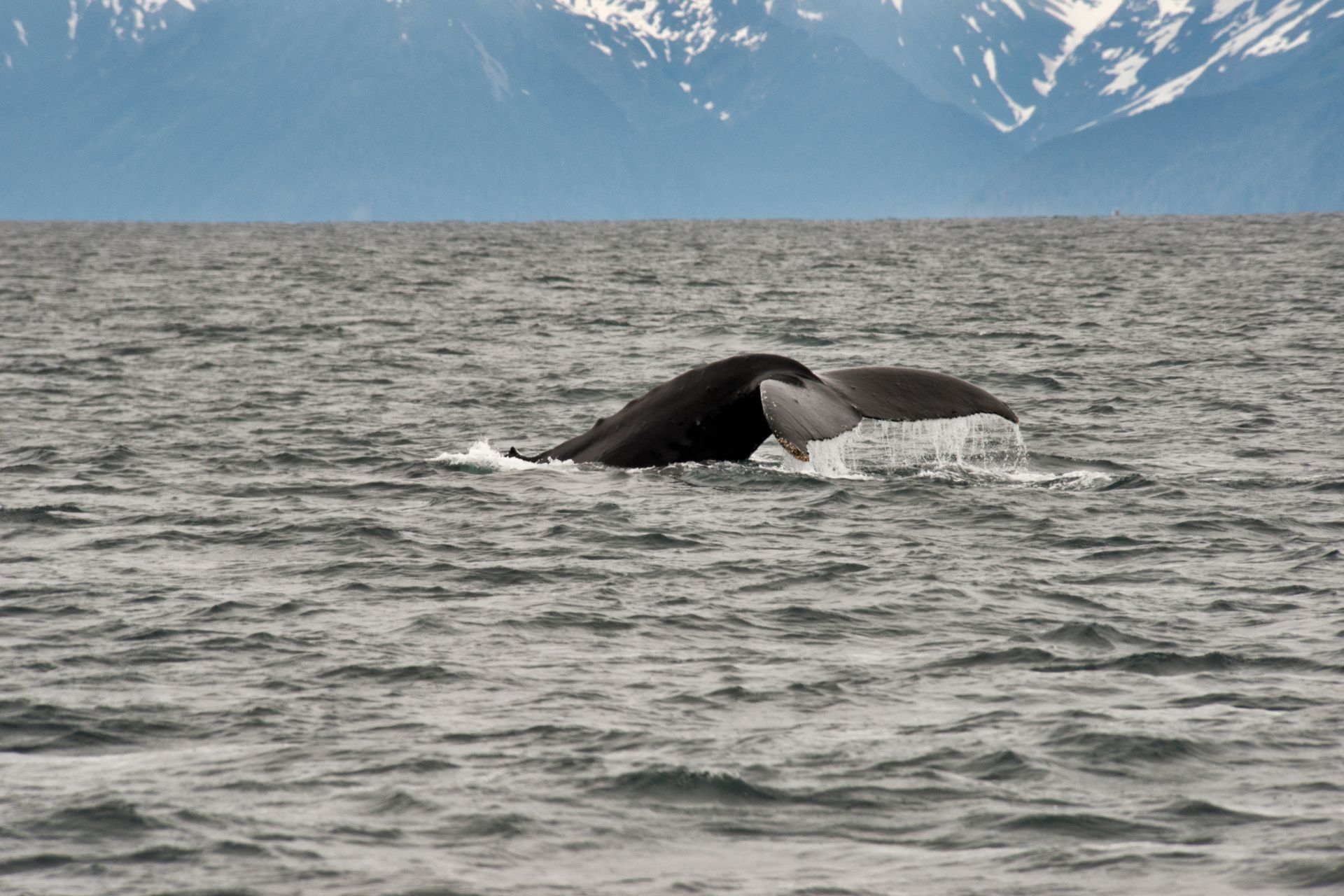

Seward Ocean Excursions
Location: Seward
3.5 – 8 hrs
Embark on an adventure aboard the all-season vessels Missing Lynx and Lost Lynx, ready to take you on any Seward Ocean Excursion you desire. Experience the thrill of Resurrection Bay, no matter the season, with excitement always in store!


Alaska Tales Whale Watching Juneau
Location: Juneau
3.5 – 8 hrs
Alaska Tales operates intimate boats, accommodating a maximum of 49 passengers, and they’re incredibly fast, ensuring you reach the whale-watching areas quickly.
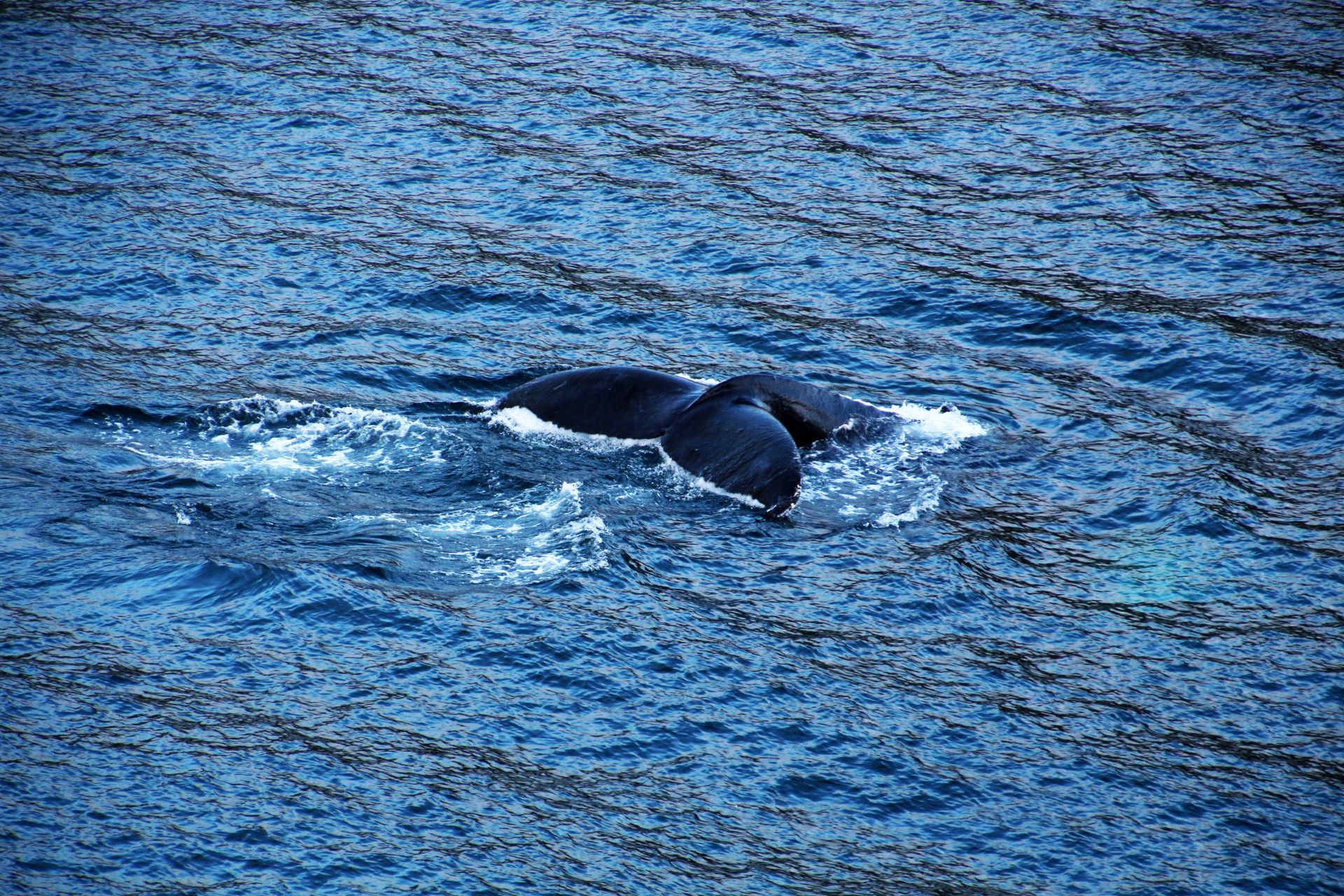

Whale Watching Adventure
Location: Juneau
3.75 hrs
Equipped with an amplified hydrophone system, you can hear the underwater communications of these magnificent mammals while taking in the stunning views of the lush rainforest.
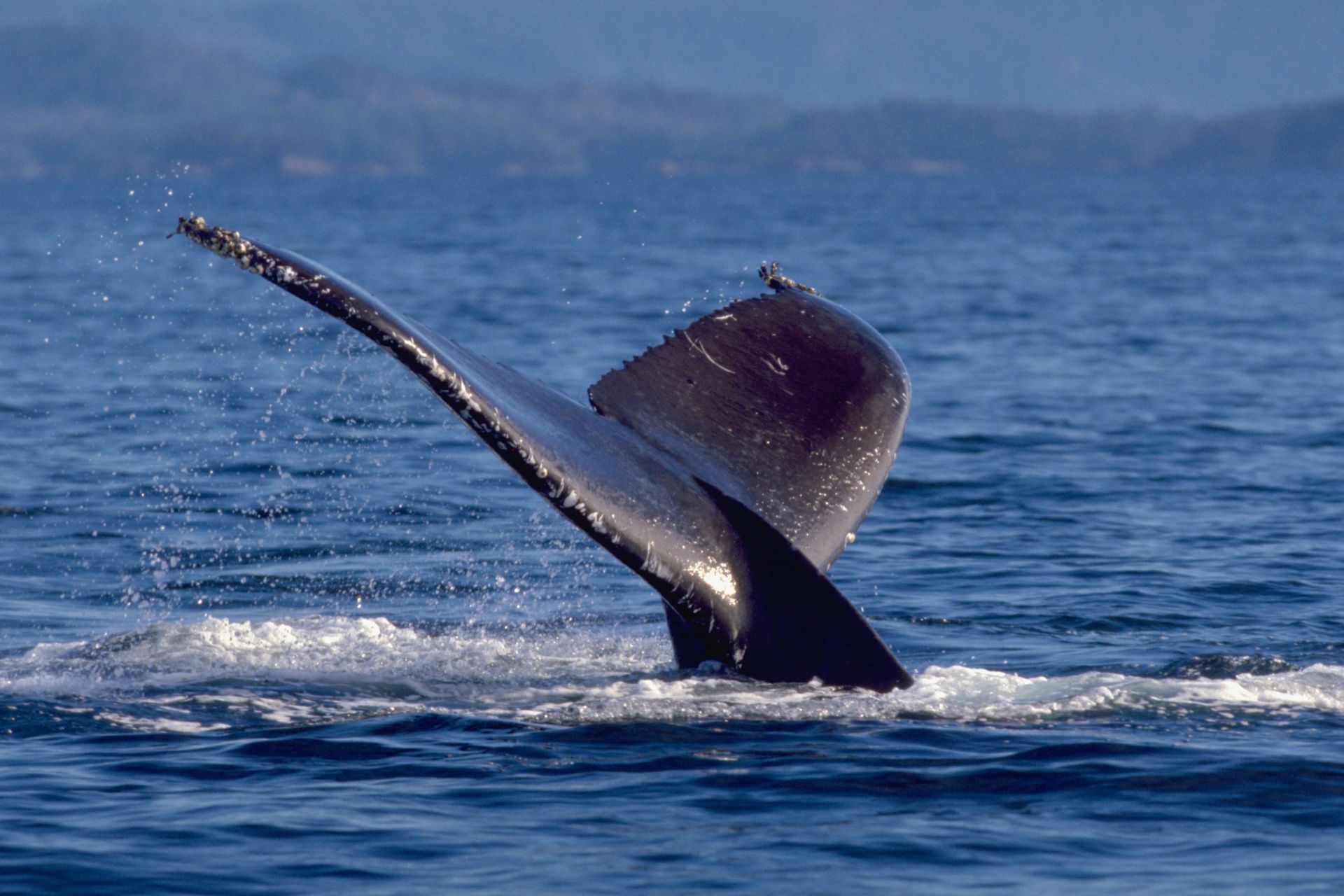

Paddle with Whales Kayak Adventure
Location: Juneau
6 hrs
per person
A six-hour journey from Juneau that combines a scenic cruise and kayaking through stunning landscapes, where majestic whales break the water’s surface. Your destination is the Channel Islands, a yearly feeding ground for whales.
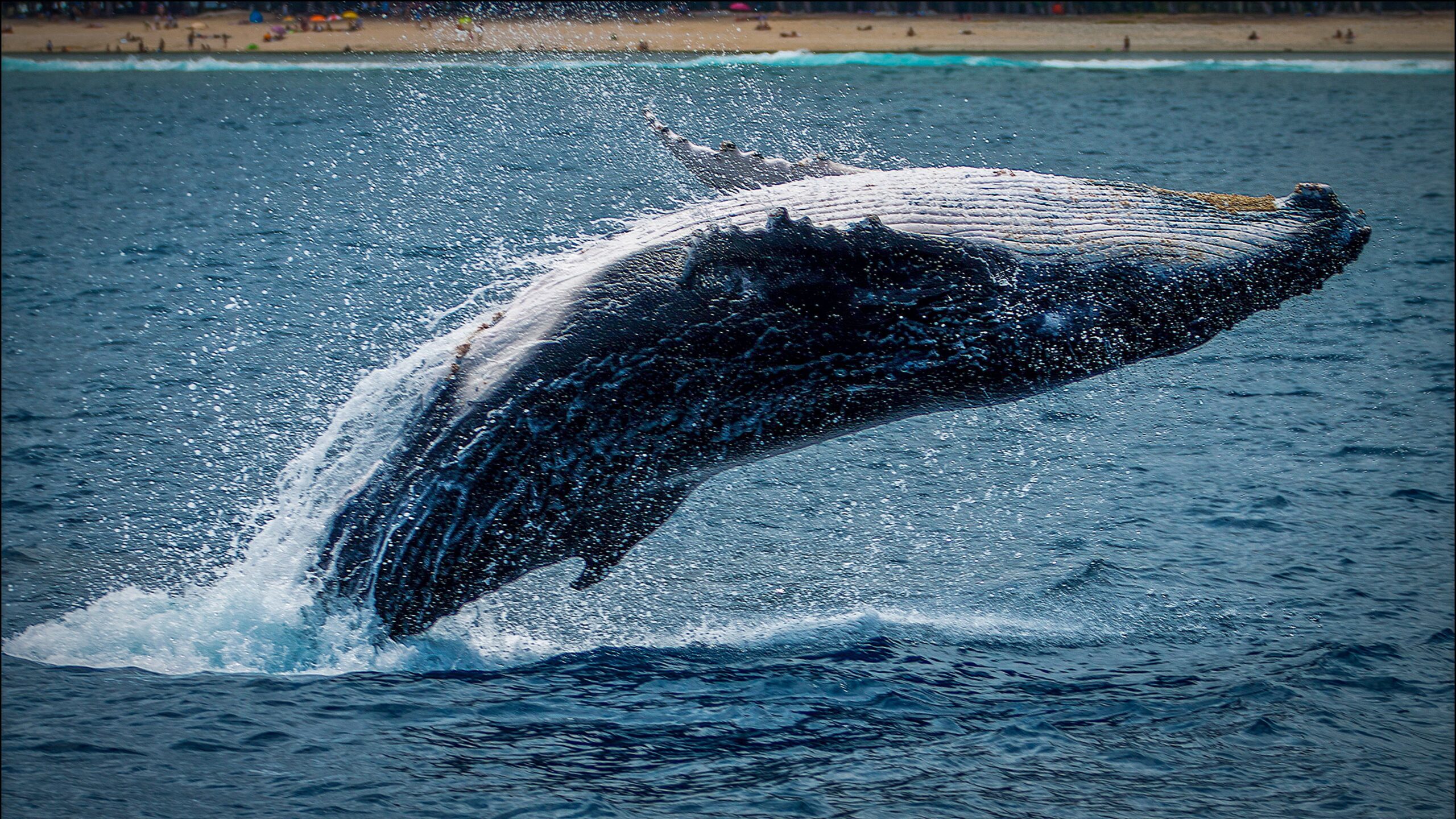

Phillips Cruises & Tours – 26 Glacier Cruise
Location: Juneau
3.75 – 5.5 hrs
Aboard the high-speed catamaran, enjoy the cozy comforts, and explore its outdoor decks, getting as close as 300 feet to massive tidewater glaciers. Besides glaciers, the captain will also be looking for wildlife, such as otters, whales, harbor seals, and marine birds.
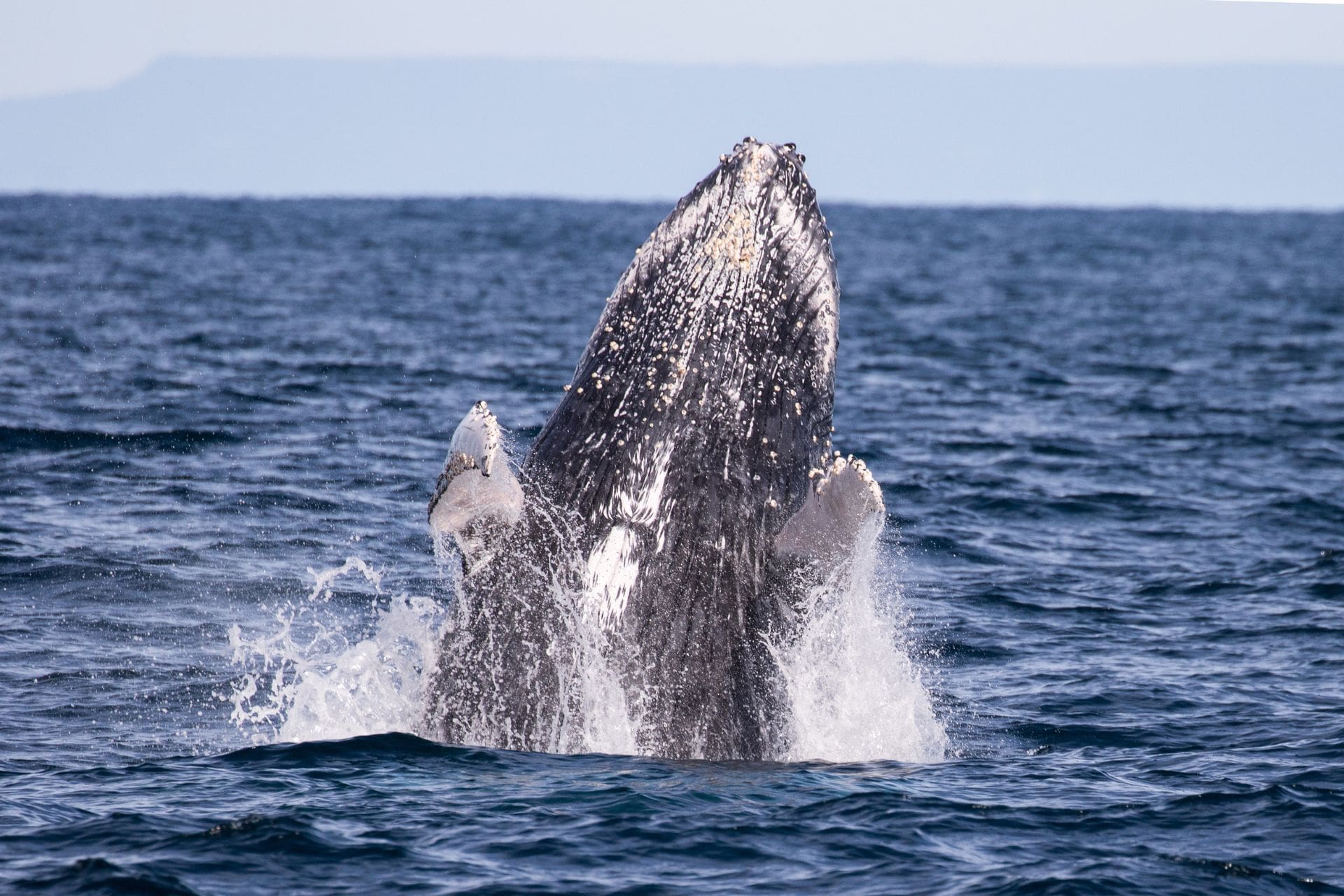

Lazy Otter Charters Custom Sightseeing Tours
Location: Juneau
3.5 – 8 hrs
Lazy Otter is also equipped to assist with organizing camping trips for you and your family. The best part? There’s no rigid schedule to adhere to, especially on day tours, allowing you the flexibility to spend more time at locations that captivate you the most.
Top Locations for Whale Watching in Alaska
Alaska has numerous spots ideal for whale watching, each offering its unique experience and breathtaking views. Here are some of the top locations where you can enjoy this incredible activity:
Juneau
As Alaska’s capital city, Juneau is a popular starting point for many whale-watching adventures. The waters around Juneau are particularly famous for humpback whale sightings. The Auke Bay area, just a short drive from downtown, provides an excellent opportunity to see these majestic creatures, often accompanied by the playful antics of sea lions and porpoises.
Glacier Bay National Park
This UNESCO World Heritage Site is known for its stunning glaciers and as a prime location for whale watching. Here, you can witness humpback whales and occasionally orcas against the backdrop of some of the most dramatic scenery in Alaska. The park’s pristine waters and the calving glaciers create a surreal environment for observing marine life.
Seward
Located on the Kenai Peninsula, Seward is a gateway to the Kenai Fjords National Park. This area is renowned for its diverse marine life, including orcas, gray whales, and humpbacks. The fjords themselves, with their steep cliffs and glacial valleys, offer a spectacular setting for whale watching.
Kodiak Island
For a more off-the-beaten-path experience, Kodiak Island is an excellent choice. The island’s rich waters attract whales and other marine mammals like sea otters and seals. Whale watching here is often combined with bird watching, as the island is home to various seabirds.
Sitka
Sitka’s unique location, facing the open ocean, provides a different whale-watching experience. Here, you can often see humpback whales feeding in the nutrient-rich waters. The area is also known for its historical significance and Tlingit culture, adding an educational aspect to your whale-watching journey.
Each of these locations in Alaska offers a unique perspective on whale watching, with varying landscapes and wildlife. Whether you’re cruising near glaciers, exploring fjords, or venturing to remote islands, Alaska’s top whale-watching spots promise an unforgettable experience filled with natural wonders and wildlife encounters.
Alaskan Weather and Sea Conditions
Embarking on a whale-watching journey in Alaska is not just about seeing these magnificent creatures; it’s about immersing yourself in an exhilarating and serene environment. Understanding the weather and sea conditions is key to making the most of this incredible experience.
Weather Patterns – A Dance of Elements:
- Spring (April to June): Imagine the freshness of spring in Alaska, with the landscape slowly awakening. The air is crisp, and the mornings carry a cool, refreshing breeze. This is a peaceful time for whale watching, with calmer winds and fewer rain showers, allowing for serene moments on the water.
- Summer (July to August): The Alaskan summer is a time of magic under the midnight sun. Long, bright days give you ample time to witness whales in their natural habitat. Yes, there will be rain, but it only adds to the mystique of Alaska, creating a dramatic backdrop of misty fjords and lush greenery.
- Fall (September to October): Alaska’s fall brings a sense of wonder as the colors change. The cooler air and brisk winds invigorate the senses. The ocean might be a bit more spirited, adding an element of adventure to your whale-watching excursions.
Sea Conditions – Navigating Alaska’s Waters:
- Water Temperature: Alaska’s cool, nutrient-rich waters are a haven for marine life. While the water remains chilly, ranging from 40°F to 55°F (4°C to 13°C), it’s this very characteristic that draws an abundance of whales, offering you a chance to see these majestic creatures up close.
- Wave Heights: In the sheltered passages, like the famous Inside Passage, the waters are calm, providing a gentle and safe whale-watching experience. For those seeking a bit more thrill, venturing into the open waters of the Gulf of Alaska presents an exhilarating opportunity, with higher waves and the chance to witness whales amidst the grandeur of the open sea.
As a traveler, being prepared for Alaska’s diverse weather and sea conditions means you’re set for an unforgettable journey.
- dress in layers to adapt to the changing temperatures
- bring waterproof gear for those rainy moments
- choose a tour operator who knows these waters like the back of their hand
This is not just a trip; it’s an adventure into the heart of nature, where each day brings a new spectacle, and every moment on the water is a chance to witness the awe-inspiring beauty of whale watching in Alaska.
Best Times to Visit: When Alaska’s Waters Come Alive
Choosing the best time to visit Alaska for whale watching is like selecting the perfect moment to witness nature’s grandest performances. Each season offers a unique spectacle, showcasing different whale species in their natural majesty.
Spring Awakening (April to June)
As the Alaskan landscape shakes off its winter slumber, spring emerges as a time of renewal and life. This is when gray whales make their grand appearance, migrating north to their feeding grounds. It’s a period of discovery and new beginnings for the whales and you as an observer. The waters are less crowded, offering a more intimate experience with these gentle giants.
Summer’s Bounty (July to August)
Summer in Alaska is a symphony of wildlife activity. The sun barely sets, painting the sky in hues of gold and pink for hours. This is the peak season for whale watching, with humpback whales stealing the show. Their acrobatic breaches and tail slaps are a spectacle not to be missed. Orcas, with their striking black and white patterns, also frequent these waters, adding to the summer’s marine marvels.
Autumn’s Farewell (September to October):
As the days grow shorter and the air crisper, autumn paints the Alaskan landscape in vibrant colors. This is a special time for whale watching, as it marks the return of the humpback whales and orcas, feeding and preparing for their long migration south. The cooler temperatures and fewer tourists make this a peaceful time for those seeking a more tranquil whale-watching experience.
Whether you’re captivated by the gray whales of spring, the dynamic humpbacks of summer, or the majestic orcas of autumn, Alaska’s seasons invite you to be part of this magnificent natural cycle. So, pack your bags, bring your sense of wonder, and prepare for an adventure that changes with the seasons, each visit offering a new and thrilling encounter with the ocean’s most awe-inspiring inhabitants.
Whale watching in Alaska offers a unique and breathtaking experience, as you can witness majestic whales in their natural habitat. Some of the best places and ways to observe whales in Alaska include:
- Boat Tours: The most reliable way to see whales in Alaska is by going on a boat. Many coastal towns have excellent tour operators that offer whale-watching tours. Boats can take you deep into the bay, where you’ll have a good chance of encountering feeding humpback whales and pods of killer whales, especially during salmon spawning runs.
- Day Cruises and Water Taxis: Embark on day cruises or water taxis from Whittier, Valdez, and Homer to explore Prince William Sound, where you can spot humpback whales, sea otters, and other marine life.
- Kayaking Adventures: In Juneau and Hoonah, you can enjoy kayaking adventures that get you up close to whales in their natural habitat.
- Seward and Kenai Fjords National Park: Resurrection Bay in Kenai Fjords National Park, near Seward, is a reliable spot for whale watching. Boasting a variety of cetacean species, including humpback whales, these waters offer a diverse range of marine life to observe.
When choosing a whale-watching tour, look for a reputable company that adheres to responsible marine practices, such as Whale SENSE-certified companies. These companies participate in voluntary programs that promote responsible whale watching and help protect these majestic creatures.
Types of Whales in Alaskan Waters: A Spectacular Marine Parade
Alaska’s waters are a sanctuary for some of the most magnificent whale species on the planet. Each species brings its own unique presence and behavior, making whale watching in Alaska an endlessly fascinating experience.
- Humpback Whales:
- The stars of the Alaskan waters humpback whales are known for their spectacular breaches and haunting songs. These gentle giants, reaching lengths of up to 60 feet, are often seen in summer.
- Fun Fact: Humpback whales have unique tail flukes, much like human fingerprints, which researchers use to identify individuals.
- Orcas (Killer Whales):
- Orcas, with their iconic black and white coloring, are actually the largest members of the dolphin family. They are known for their intelligence and complex social structures. In Alaska, you might spot both resident pods, which feast on fish, and transient pods that hunt marine mammals.
- Fun Fact: Each orca pod has its own distinct dialect of vocalizations!
- Gray Whales:
- These baleen whales are celebrated for their epic migrations, traveling over 10,000 miles round-trip between their breeding grounds in Mexico and feeding grounds in Alaska. They are often seen in the spring.
- Fun Fact: Gray whales are known as the ‘friendly whales’ because of their curiosity towards boats and humans.
- Minke Whales:
- Minke whales are the smallest of the baleen whales in Alaskan waters, but what they lack in size, they make up for in elusiveness. They are known for their shy nature and quick, darting movements.
- Fun Fact: Minke whales are often heard before being seen known for their ‘boing’ sound in the ocean.
- Beluga Whales:
- These small, white whales are easily recognizable and are known for their bulbous foreheads, called ‘melons’. Belugas are often found in the shallow coastal waters of Alaska.
- Fun Fact: Belugas can change the shape of their bulbous forehead to make different facial expressions!
Each of these whale species adds a unique chapter to the story of Alaska’s marine life. Witnessing them in their natural habitat is not just a sighting; it’s an encounter with some of the ocean’s most fascinating and awe-inspiring creatures. So, keep your eyes peeled and your cameras ready – Alaska’s waters are full of surprises!
What to Wear for Whale Watching: Dressing for the Alaskan Adventure
When preparing for a whale-watching excursion in Alaska, choosing the right attire is key to ensuring a comfortable and enjoyable experience. The Alaskan climate can be unpredictable, so dressing in layers is the golden rule. Here’s a guide to help you pack:
- Layer Up:
- Base Layer: Start with a moisture-wicking base layer to keep you dry and comfortable. Think thermal underwear or a long-sleeve synthetic shirt.
- Middle Layer: Add a fleece or wool sweater for insulation. This layer traps heat and provides warmth.
- Outer Layer: Top it off with a waterproof and windproof jacket. Alaska’s weather can change quickly, and you must be prepared for rain or sea spray.
- Protect Your Extremities:
- Head and Neck: A beanie or warm hat is essential, as a significant amount of body heat is lost through the head. Also, consider a scarf or neck gaiter to protect against chilly winds.
- Hands: Waterproof gloves are a must. They keep your hands not only warm but also dry.
- Feet: Warm socks (preferably wool) and waterproof boots will keep your feet cozy and dry. Remember, the deck of a boat can be wet and slippery.
- Additional Essentials:
- Sunglasses: The glare off the water can be intense, even on cloudy days. Polarized sunglasses will help reduce the glare and protect your eyes.
- Binoculars: To enhance your whale-watching experience, bring a pair of binoculars. They’re invaluable for spotting whales at a distance and observing other wildlife.
- Camera: Don’t forget your camera (with a strap) to capture those once-in-a-lifetime moments. A waterproof bag or case is a good idea to protect it from the elements.
- Comfort Items:
- Sunscreen and Lip Balm: The sun can be strong even in cooler temperatures, especially on the water. Sunscreen and lip balm with SPF will protect your skin and lips.
- Snacks and Water Bottle: Keeping hydrated and having a few snacks on hand will keep your energy up during the adventure.
Dressing appropriately for your Alaskan whale-watching adventure means you can focus on the awe-inspiring experience without the distraction of being too cold or wet. With the right gear, you’re all set to enjoy the majestic beauty of Alaska’s whales comfortably and safely.
Exploring Beyond Whale Watching: Discovering Alaska’s Other Treasures
While whale watching is a highlight of any Alaskan adventure, the state’s vast and varied landscape offers many other exciting activities and destinations. Here are some suggestions for making the most of your Alaskan journey:
Visit Alaska’s National Parks
- Denali National Park: Home to North America’s highest peak, Denali National Park offers stunning views, wildlife viewing, and hiking trails for all levels.
- Kenai Fjords National Park: Explore the beauty of glaciers and fjords. Take a boat tour to see glaciers calving or kayak around icebergs for an up-close experience.
- Glacier Bay National Park: A UNESCO World Heritage Site, this park is a haven for sea kayaking, where you can paddle among whales, seals, and sea otters.
Experience Alaskan Glaciers
- Witness the awe-inspiring Mendenhall Glacier near Juneau, accessible by a short drive and a hike. For a more immersive experience, consider a guided glacier walk or an ice-climbing adventure.
Engage in Outdoor Activities:
- Hiking: Trails in Alaska cater to all levels, from leisurely forest walks to challenging mountain treks. Hiking offers a chance to immerse yourself in Alaska’s natural beauty.
- Fishing: Alaska is a paradise for anglers. Whether it’s salmon fishing in a pristine river or deep-sea fishing for halibut, the experience is unparalleled.
- Wildlife Viewing: Apart from whales, Alaska is home to various wildlife, including bears, moose, eagles, and more. Guided wildlife tours offer safe and informative ways to see these animals in their natural habitats.
Explore Local Culture
- Visit towns like Sitka, known for its rich Tlingit heritage, or Homer, the ‘Halibut Fishing Capital of the World’. Engage with local culture through art galleries, museums, and cultural centers.
- Participate in local festivals and events to experience Alaskan traditions and hospitality.
Alaska offers a world of adventure beyond whale watching. From the grandeur of its national parks and glaciers to the richness of its local culture and outdoor activities, there’s something for everyone in this magnificent land. So, after your whale-watching expedition, extend your stay and dive deeper into the wonders of Alaska.
Conclusion
Alaska’s unique blend of serene beauty and wild spirit offers an unparalleled whale-watching adventure. From the awe-inspiring sight of whales in their natural habitat to the myriad of activities that await beyond the ocean’s edge, every moment in this magnificent land is an opportunity to create stories that last a lifetime.
Remember, Alaska doesn’t just offer a trip; it offers an awakening. So pack your bags, bring your sense of wonder, and embark on an unforgettable journey to the Last Frontier. The whales are waiting, and so are the countless other wonders of Alaska.

